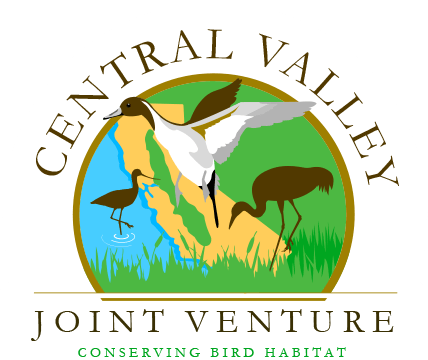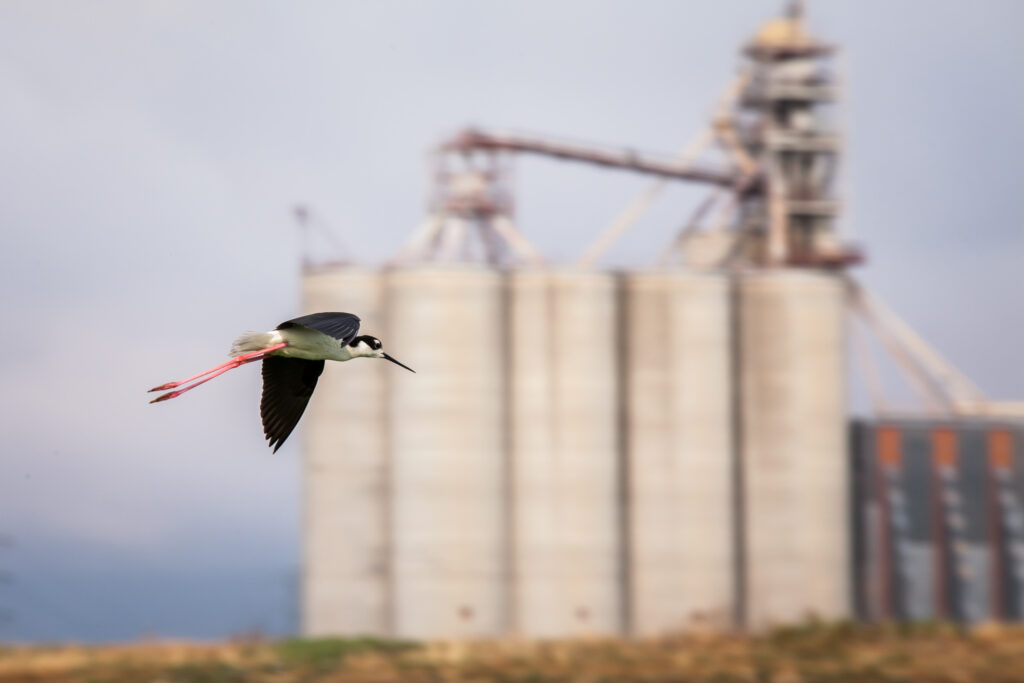An innovative partnership between the Metropolitan Water District of Southern California (MWD) and Indigenous tribes in the Sacramento-San Joaquin River Delta region is drawing on traditional Indigenous knowledge to solve some very modern problems. The Delta Island Adaptation Project aims to reverse extreme soil loss, called subsidence, which causes loss of farmland and wildlife habitat, threatens the structural integrity of levees, and produces high levels of carbon emissions.
Funded by the Sacramento-San Joaquin Delta Conservancy, the Delta Island Adaptation Project takes an ecocultural restoration approach to habitat restoration on Webb Tract, an island in the Delta owned by MWD. The initiative aims to transform nearly half of the 5,500-acre island from corn production to restored wetlands, with much of the remainder converted to rice cultivation. Farmland cultivated for rice production can halt soil loss while also providing wildlife habitat.
“This terrific multi-benefit project directly supports the CVJV Implementation Plan’s habitat conservation goals in the Yolo-Delta Planning Region,” said CVJV Coordinator Jim Cogswell. “The project also demonstrates the power of a collaborative partnership approach to achieving landscape-scale conservation. This approach is fundamental to CVJV’s success.”
The project’s Ecocultural Working Group is co-chaired by Plains Miwok cultural practitioner Don Hankins and Northern Sierra Mewuk culture bearer Austin Stevenot. Notably, the partnership illuminates the connection between habitat restoration and cultural preservation, including providing tribal access to ancestral lands and culturally important plant species.
The efforts of the Delta Island Adaptation Project’s Ecocultural Working Group are demonstrating how Indigenous stewardship practices can simultaneously benefit farmers, communities, water management, wildlife habitat, carbon sequestration, and cultural preservation. The project makes a clear and compelling case for supporting and expanding tribally led conservation efforts and collaborations among tribal, agricultural, and conservation stakeholders.
For more information on this project, see this article on the California water news site, Maven’s Notebook.
Image: Black-necked stilt using rice farm habitat during migration – Dale Goff, Audubon




